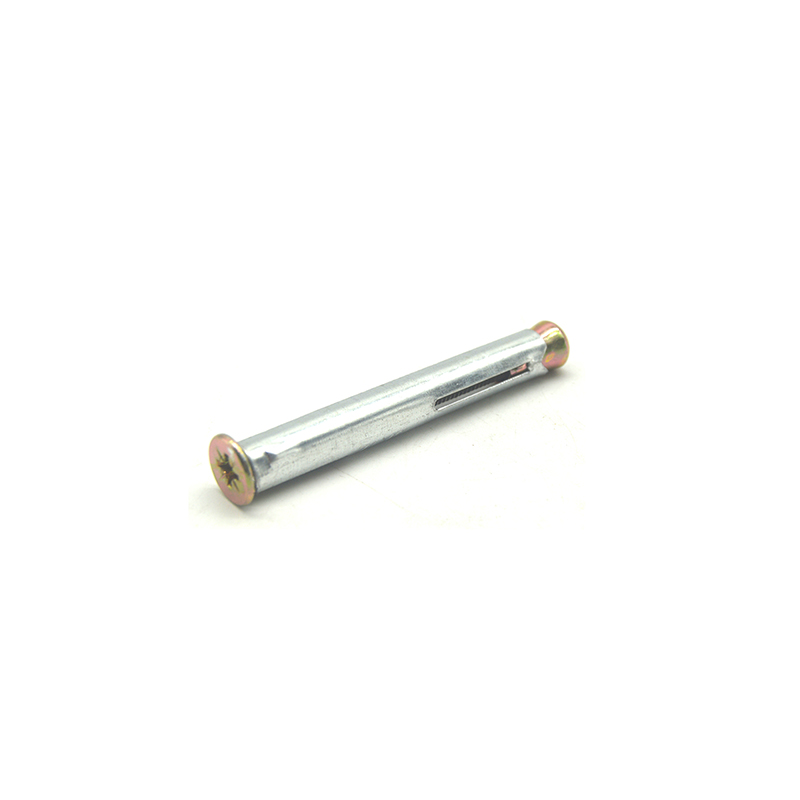- English
- Chinese
- French
- German
- Portuguese
- Spanish
- Russian
- Japanese
- Korean
- Arabic
- Irish
- Greek
- Turkish
- Italian
- Danish
- Romanian
- Indonesian
- Czech
- Afrikaans
- Swedish
- Polish
- Basque
- Catalan
- Esperanto
- Hindi
- Lao
- Albanian
- Amharic
- Armenian
- Azerbaijani
- Belarusian
- Bengali
- Bosnian
- Bulgarian
- Cebuano
- Corsican
- Croatian
- Dutch
- Estonian
- Filipino
- Finnish
- Frisian
- Galician
- Georgian
- Gujarati
- Haitian
- Hausa
- Hawaiian
- Hebrew
- Hmong
- Hungarian
- Icelandic
- Igbo
- Javanese
- Kannada
- Kazakh
- Khmer
- Kurdish
- Kyrgyz
- Latin
- Latvian
- Lithuanian
- Luxembou..
- Macedonian
- Malagasy
- Malay
- Malayalam
- Maltese
- Maori
- Marathi
- Mongolian
- Burmese
- Nepali
- Norwegian
- Pashto
- Persian
- Punjabi
- Serbian
- Sesotho
- Sinhala
- Slovak
- Slovenian
- Somali
- Samoan
- Scots Gaelic
- Shona
- Sindhi
- Sundanese
- Swahili
- Tajik
- Tamil
- Telugu
- Thai
- Ukrainian
- Urdu
- Uzbek
- Vietnamese
- Welsh
- Xhosa
- Yiddish
- Yoruba
- Zulu
- Kinyarwanda
- Tatar
- Oriya
- Turkmen
- Uyghur

1 4 mu zomangira tokha
Buku la Insider's 1/4 inch Self-Tapping Screw
Zikafika 1/4 inchi zomangira pawokha, anthu ambiri amatengera njira yofanana, koma pali zambiri zomangira izi kuposa momwe mungaganizire. Nkhaniyi ikugawana zidziwitso zothandiza komanso maupangiri osakambidwa pang'ono omwe DIYer aliyense ndi katswiri ayenera kudziwa.
Kumvetsetsa Zoyambira
Ndiye, tikuchita chiyani kwenikweni tikamalankhula 1/4 inchi zomangira pawokha? M'mawu osavuta, zomangirazi zimapangidwira kuti zizigwira dzenje lawo pomwe zimayendetsedwa muzinthu monga zitsulo, pulasitiki, kapena matabwa. Koma, palibe chilinganizo chapadziko lonse lapansi - zida zosiyanasiyana zimafunikira mitundu yosiyanasiyana ya screw.
Mwachitsanzo, taganizirani ntchito yokhudzana ndi zitsulo. Mudzafuna kuganizira makulidwe ndi mtundu wachitsulo. Mwachidziwitso changa, kusankha screw yolakwika kungayambitse ulusi wovula. Izo osati za kukula, koma ngakhale zinthu.
Mfundo ina yoyenera kutchula ndi kukula kwa bowolo. Kulakwitsa kofala ndikungoganiza kuti kubowola kumodzi kumagwirizana ndi zochitika zonse zodziwombera nokha. Ndi njira yotsimikizirika yokhumudwitsa wantchito aliyense. Nthawi zonse yang'anani malingaliro a wopanga kapena, ngati mukufuna, yesani kaye zinthu zina zotsalira.
Kugwirizana kwazinthu
Nkhani yomwe imachitika pafupipafupi ndiyo kugwiritsa ntchito mtundu wolakwika wa 1/4 inchi zomangira pawokha kwa zipangizo zenizeni. Mwachitsanzo, kuyesa kwanga koyamba kukonza kachidutswa kakang'ono ka matabwa ndi zomangira zachitsulo kunatha bwino. Kugawanika kwa nkhuni, ndipo ndinazindikira kulakwa kwanga: kugwiritsa ntchito zomangira zopangidwira zitsulo.
Izi zikuwonetsa kufunikira komvetsetsa zokutira zakuthupi za screw komanso. Zina zimapangidwira kuti zisamachite dzimbiri, pomwe zina zimapangidwira m'nyumba zokha. Kusagwirizana kwa zokutira kungayambitse dzimbiri mosayembekezereka kapena dzimbiri pakapita nthawi.
Pantchito yaposachedwa yokhala ndi zitsulo zosapanga dzimbiri, ndinasankha zomangira zitsulo zosapanga dzimbiri kuchokera ku Handan Shengtong Fastener Manufacturing Co., LTD. Webusaiti yawo, www.shengtongfastener.com, imapereka zosankha zosiyanasiyana zomwe zimapatsa zitsulo zosiyanasiyana komanso zachilengedwe.
Njira Zoyikira Zoyenera
Aliyense amene akuganiza kuti kukhazikitsa ndikowongoka sanathane ndi vuto ndi zomangira zoduka. Njirayi ndi yofunika kwambiri, makamaka pogwira ntchito 1/4 inchi zomangira pawokha. Liyendetseni pa liwiro lokhazikika; mwachangu kwambiri ndipo mumayika pachiwopsezo chowotcha ndi kufooketsa wononga - munaphunzira izi movutikira pophatikiza zitsulo.
Chinthu china choyenera kuyang'ana ndikugwirizanitsa. Kuyika molakwika kumatha kuwoloka wononga, kupangitsa kuchotsa kapena kumangitsa kukhala kosatheka. Lumikizani kubowola kwanu molunjika ndi wononga kuti mupewe mitu iyi.
Ngati mukugwira ntchito mothina, ganizirani kugwiritsa ntchito nsonga ya maginito kuti mugwire wononga. Zimapulumutsa zomangira zambiri zomwe zagwa, ndikhulupirireni.
Misampha Yodziwika Yoyenera Kupewa
Ndizodabwitsa kuti nthawi zambiri anthu amanyalanyaza kufunika kwa mabowo oyendetsa ndege. Ngakhale zomangira izi zidapangidwa kuti zizigwira njira yawoyawo kudzera muzinthu, dzenje loyendetsa locheperako limatha kuchepetsa kugawanika kwa zinthu, makamaka pamitengo.
Komanso, yang'anani mawonekedwe a torque pabowo lanu. Kuwotcha mopitirira muyeso kumatha kumeta wononga mutu, vuto lomwe limakwiyitsa kwambiri ndi zinthu zokhuthala. Apa ndipamene kubowola kosinthasintha kumakhala kothandiza, kukupatsani mphamvu zambiri pa mphamvu yomwe imagwiritsidwa ntchito.
Katswiri nsonga: Sungani makulidwe osiyanasiyana ndi mitundu ya zomangira zokha chothandiza. Simudziwa nthawi yomwe polojekiti inayake ingafune china chosiyana. Nthawi zonse ndi bwino kukhala ndi zosankha zomwe mungathe kuzifikira.
Zinthu Zikavuta
Ziribe kanthu kuti muli ndi chidziwitso chotani, nthawi zina zinthu sizikuyenda monga momwe munakonzera. Nthaŵi ina, ngakhale ndinakonzekera zonse, ndinatsirizira ndi zomangira zolimba zocheperako. Zinandipangitsa kuti ndiyambe kuika patsogolo kufufuza kwabwino, mchitidwe womwe tsopano ukuphatikizidwa muzochita zonse.
Nthawi zina, chomangira chimalephera chikagwiritsidwa ntchito m'malo ovuta. Izi zitha kukhala chifukwa cha kutopa kwakuthupi kapena kusankha kolakwika kwa mtundu. Kusunga zolemba zomwe zimagwira ntchito muzochitika zina kumathandizira kuthetsa zovuta zamtsogolo. Zomwe mumasonkhanitsa zimasunga nthawi ndi ndalama panjira.
Handan Shengtong Fastener Manufacturing Co., LTD., kuchokera zopereka zawo kuzindikira zakuthupi, kumakhala ngati gwero lofunikira. Kukhazikitsidwa kwawo mu 2018 ku Handan City, m'chigawo cha Hebei, kumapereka chithandizo chofunikira komanso zosiyanasiyana pothana ndi zovuta zapadera pakumangitsa mapulogalamu.
Zogwirizana mankhwala
Zogwirizana nazo




















